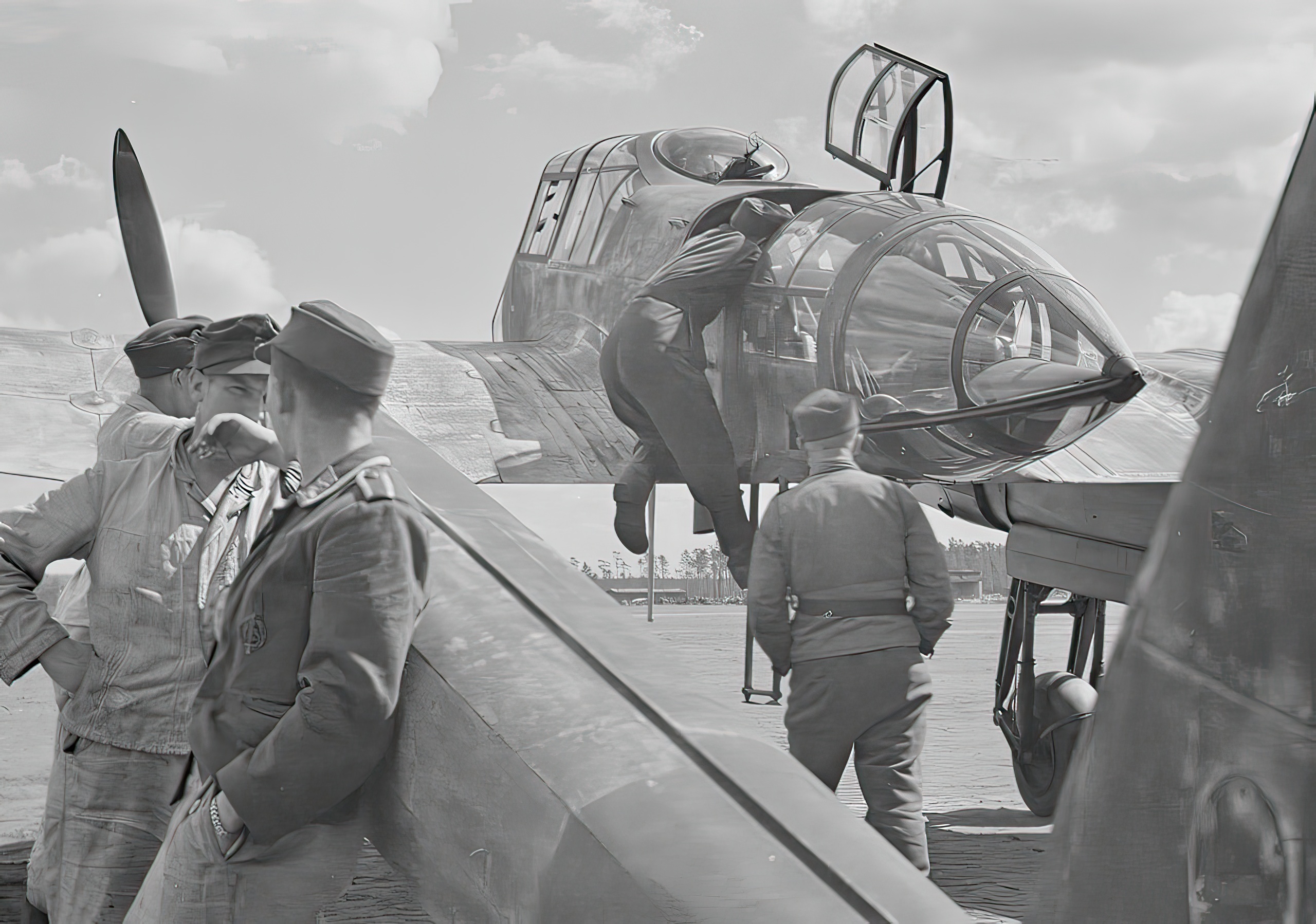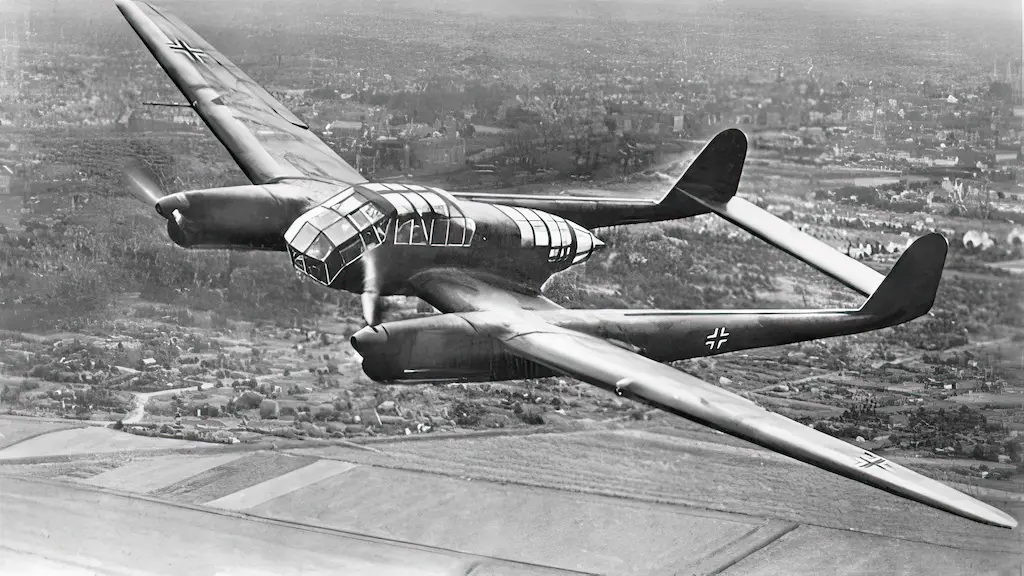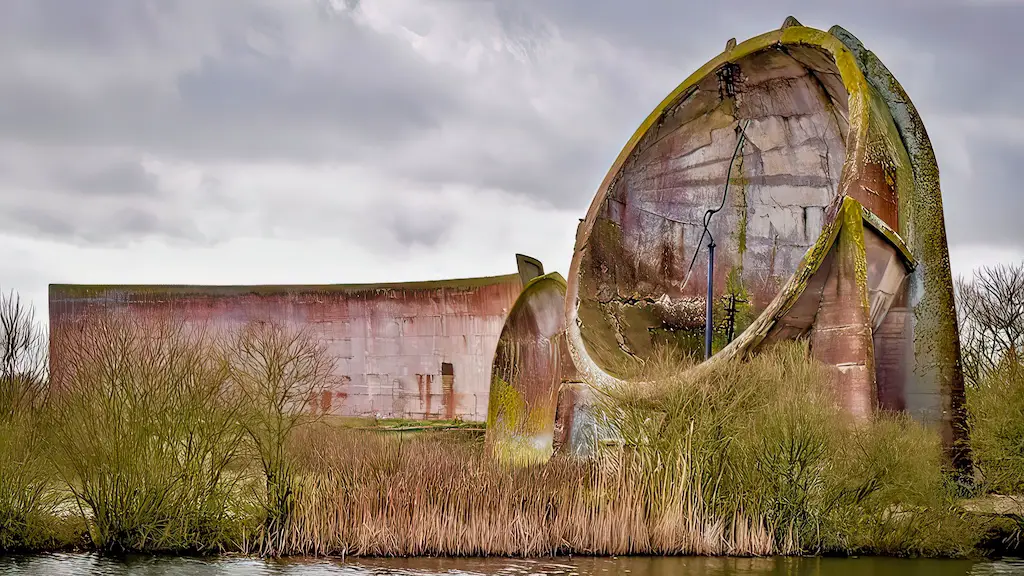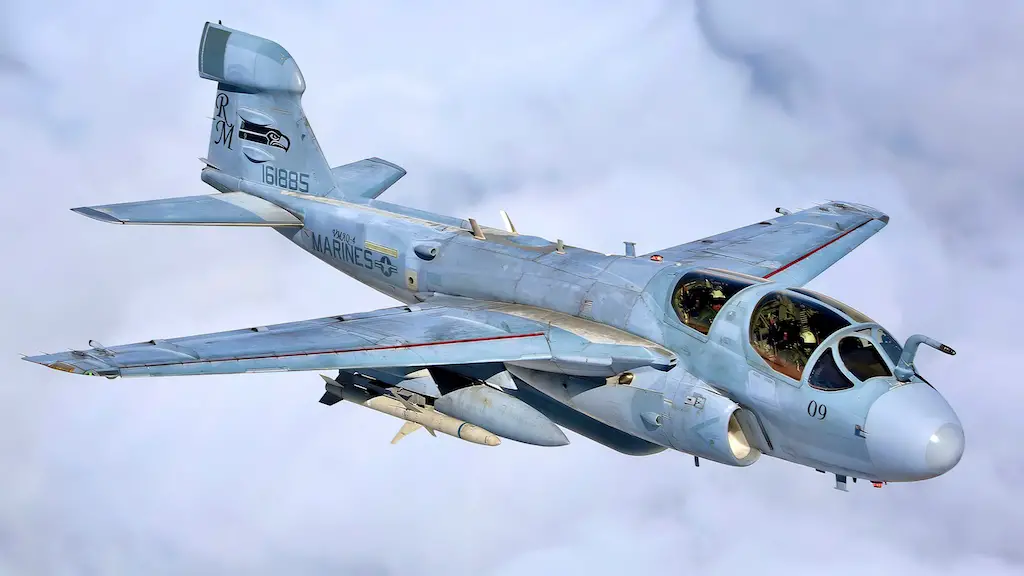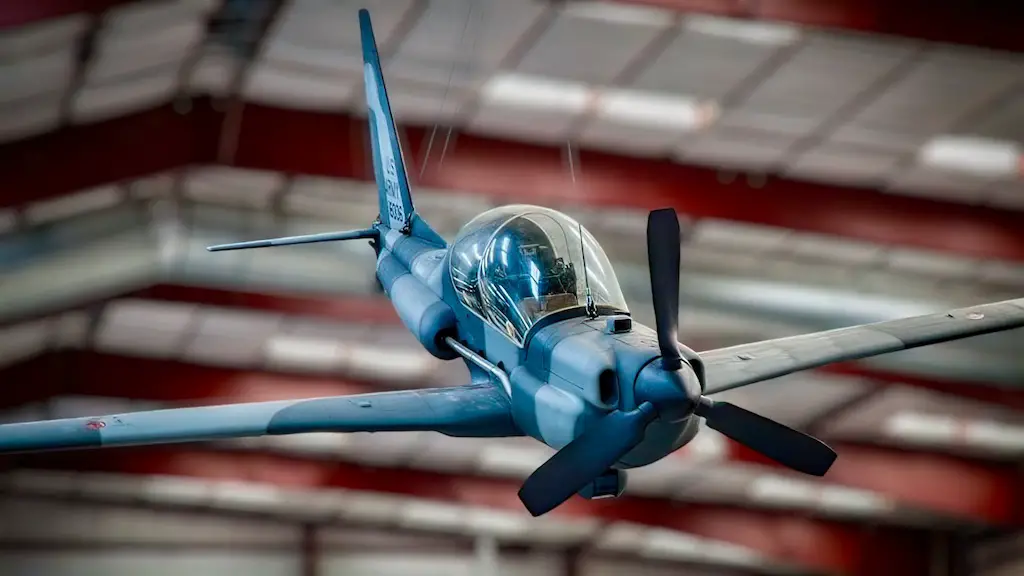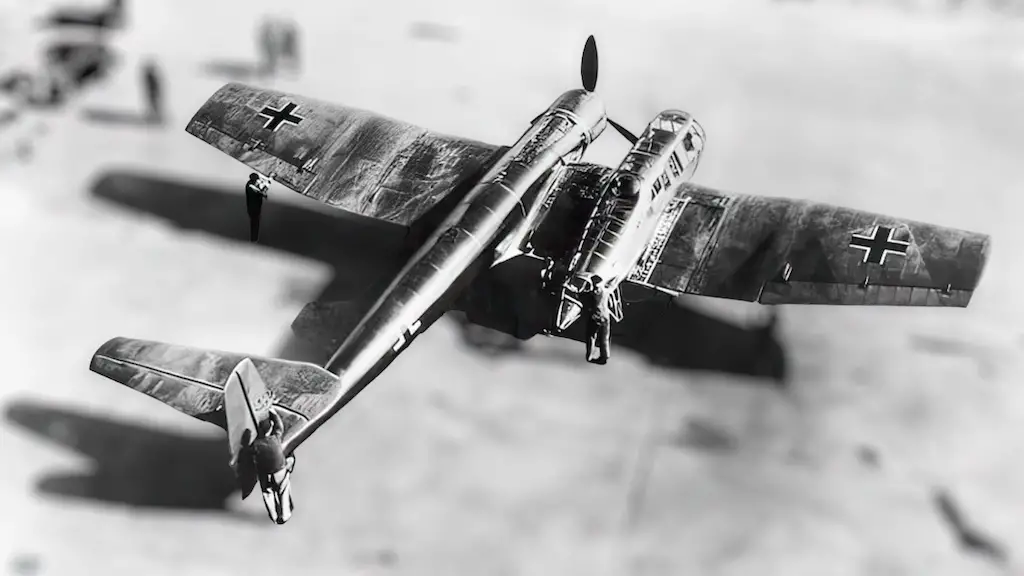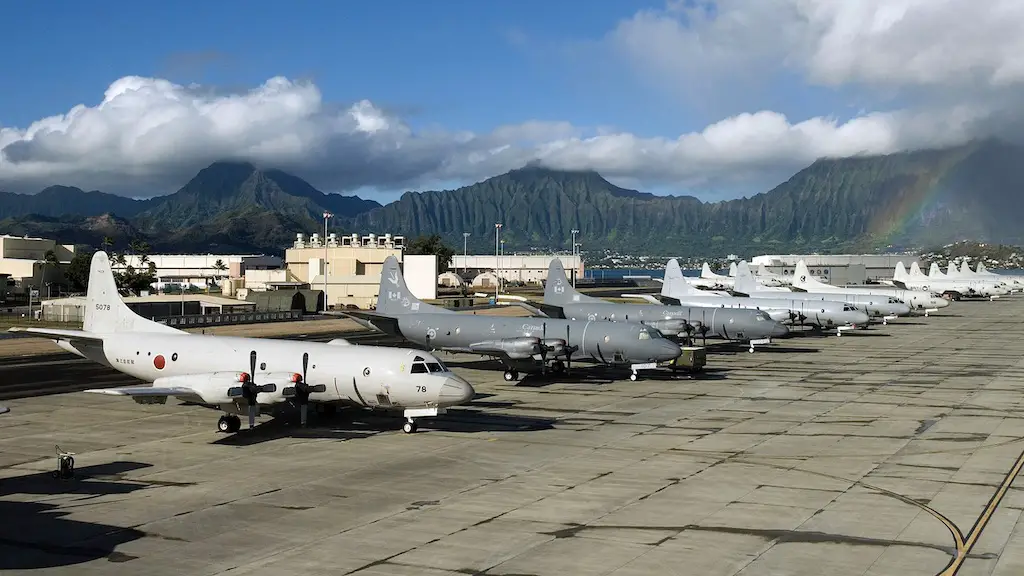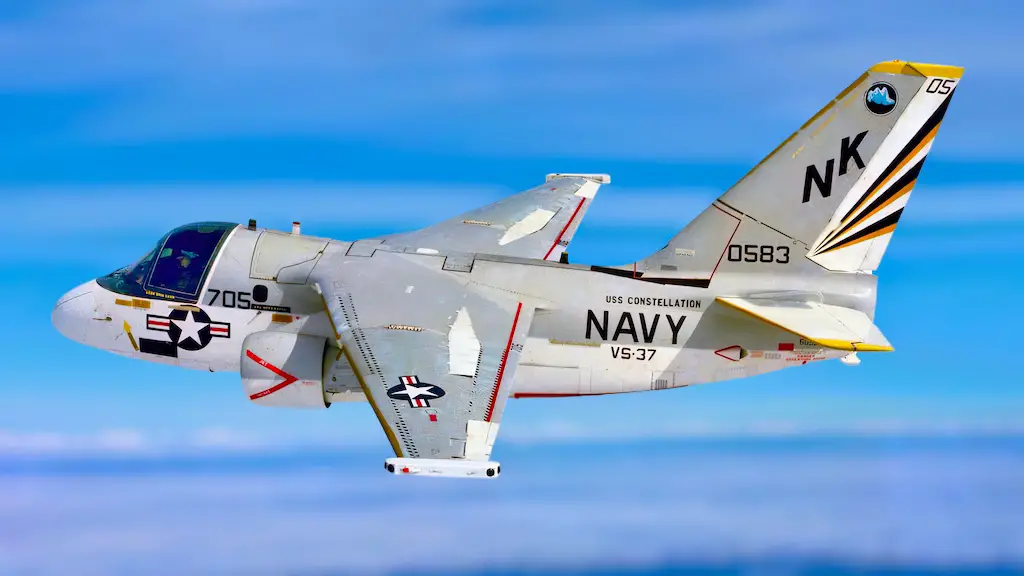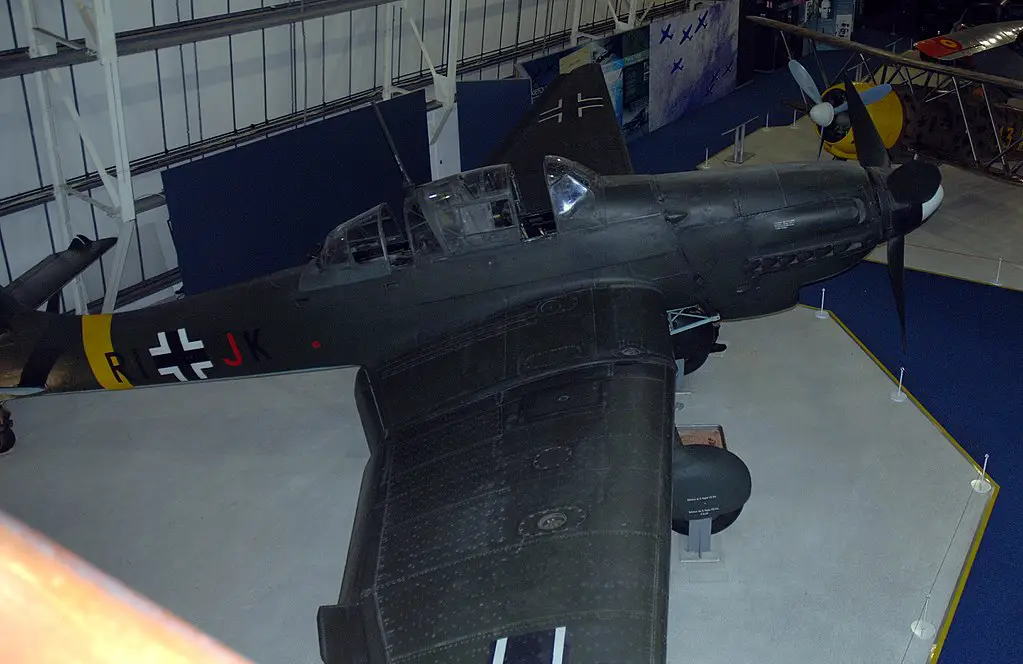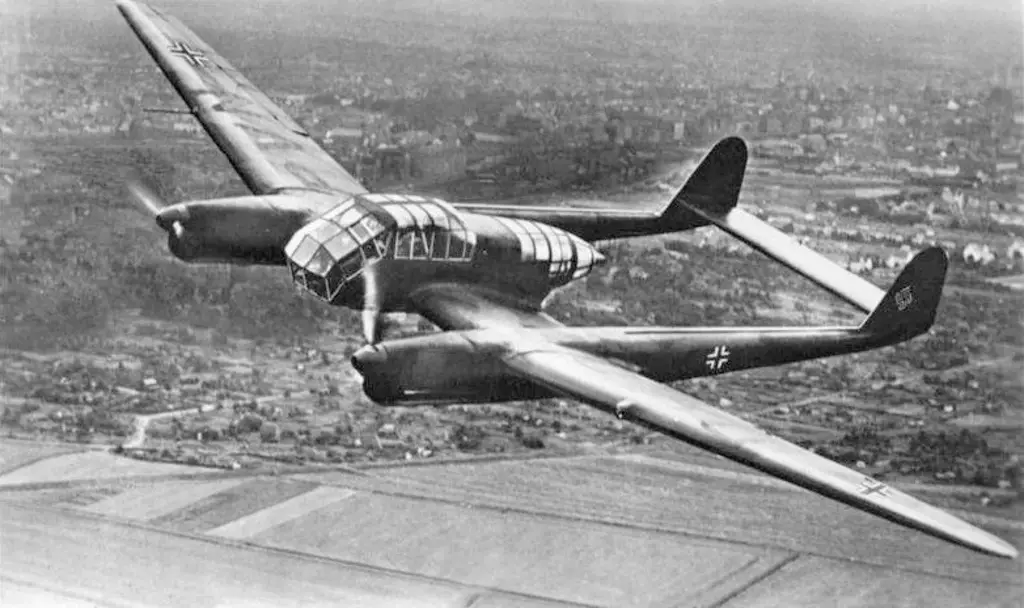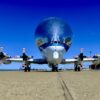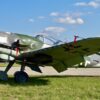The Focke-Wulf Fw 189 Uhu was one of the best German observation platforms of the Second World War and proved to be especially useful to the Wehrmacht on the Eastern Front. There Russian soldiers nicknamed it “rama” for “frame”—seen from the ground the aircraft did, in fact, look like a flying rectangle. The appearance of this rectangle in the sky often meant that a devastating bombing raid by Ju 87s or other bombers would follow. While being a superb reconnaissance plane, the Uhu (which means eagle-owl) also proved its worth in other roles, coming down in history as an excellent multirole aircraft.
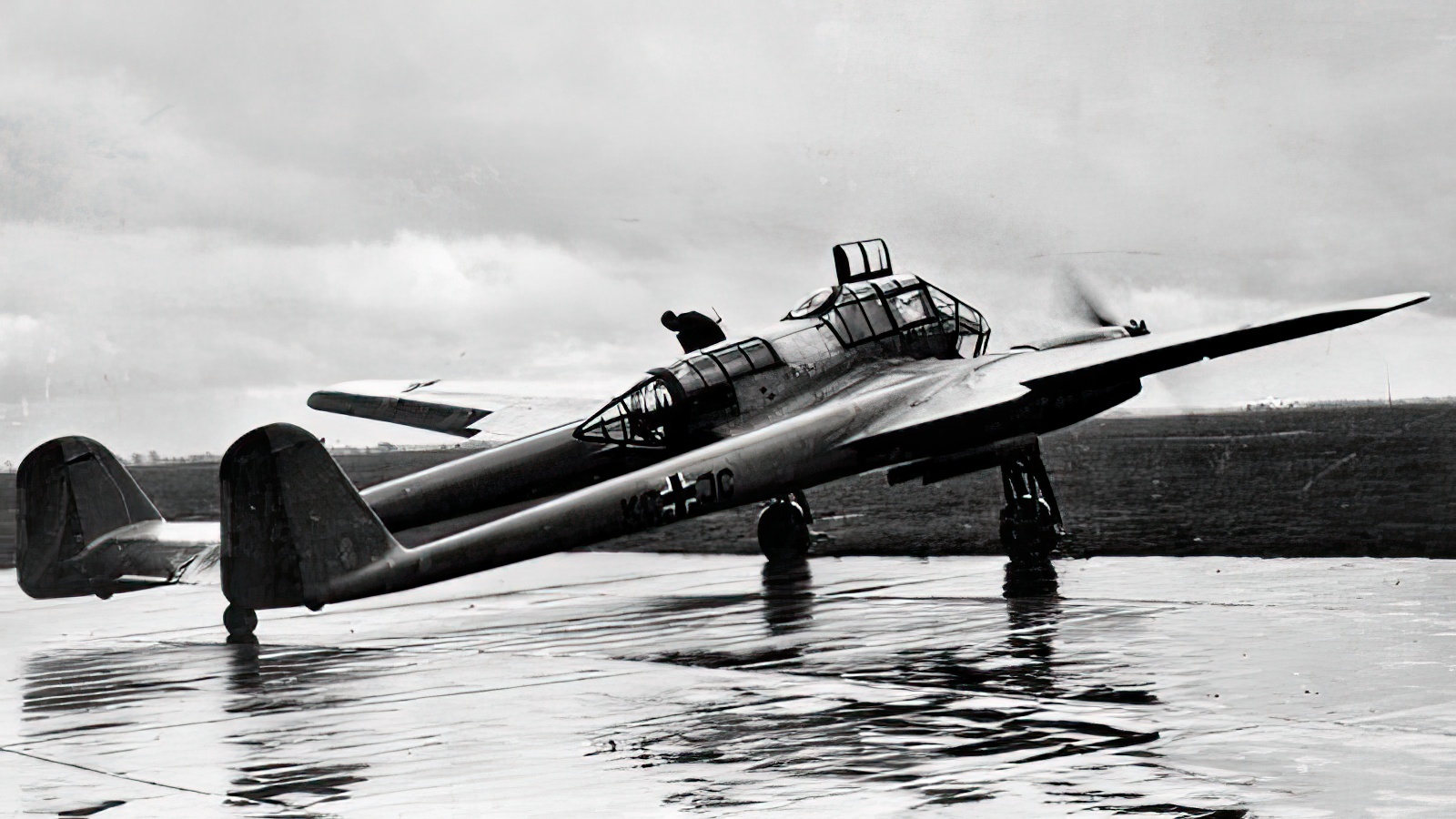
Agile and resilient
The Fw 189 featured a twin-engine, twin-boom configuration with a large tailplane between the booms having a full-length elevator, which made the plane extremely agile. This quality allowed the Fw 189 to outmaneuver enemy fighters with ease despite its relatively low speed—just 217 mph. And even when they managed to get on its tail, the Fw 189 had two twin-barrel 0.31in machine guns to defend itself. The construction was pretty resilient, too, allowing the crew to get back to base even after taking a substantial amount of fire.
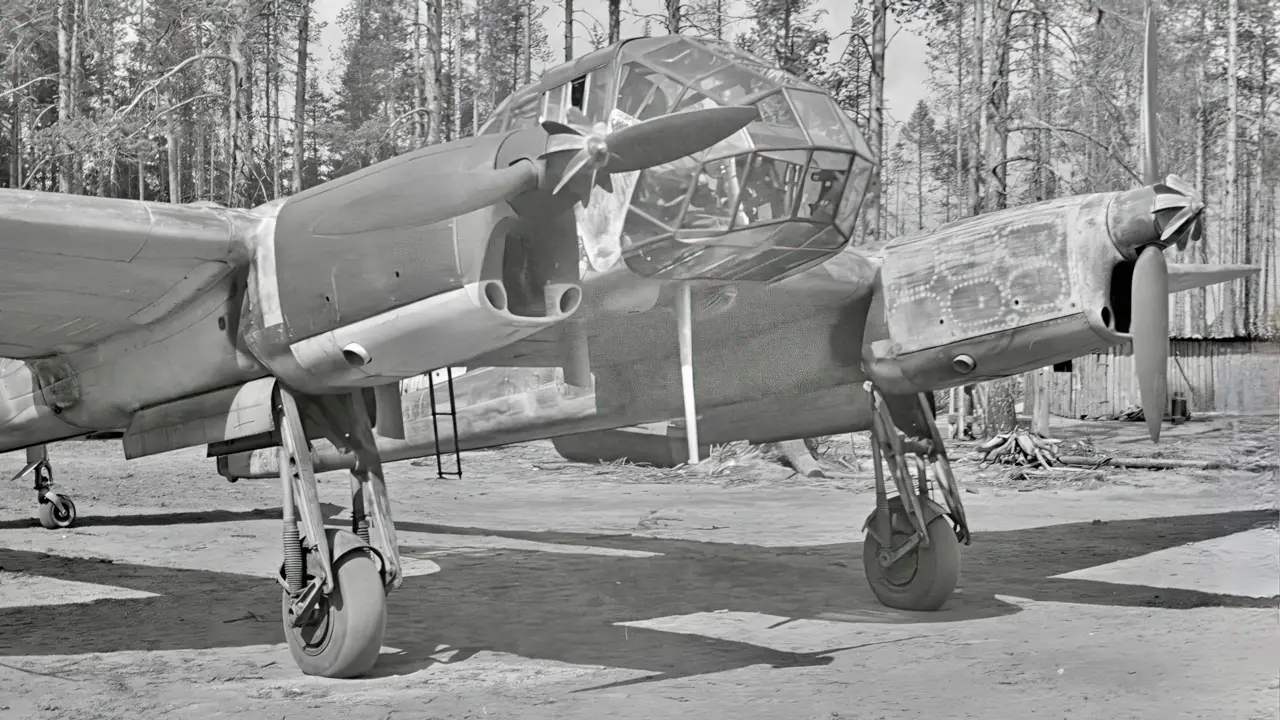
At the same time, the Fw 189 was very stable—a good quality both for a weapons and a reconnaissance platform. And the extensively glazed fuselage nacelle placed between the booms provided an excellent view to the Fw 189’s crew of three. These were the pilot, the navigator (he was also observer, radio operator, gunner and bombardier whenever necessary) and the engineer/rear gunner.
The Fw 189 was produced not just at Focke-Wulf’s Bremen factory, but also in France and Czechoslovakia occupied by Germany. All in all, they made 864 aircraft between 1938 and 1944.
The eye in the sky
The Fw 189 first flew in July 1938 and entered service with the Luftwaffe in late 1940 after brief combat trials in the Battle of France. Still, when Germany mounted its invasion of the Soviet Union in June 1941, no units on the Eastern Front were equipped with the Fw 189. The aircraft made its first appearance there in the fall of the same year and soon became a true reconnaissance mainstay.
The Fw 189 usually operated at heights of about 3,000 ft, spotting and taking photos of enemy troop movements, ammunition dumps, fortifications, etc. When faced by active flak fire, they would rise to 9,000 ft or more and continue their work. In key sectors they flew multiple missions every day, monitoring the frontline almost continuously.
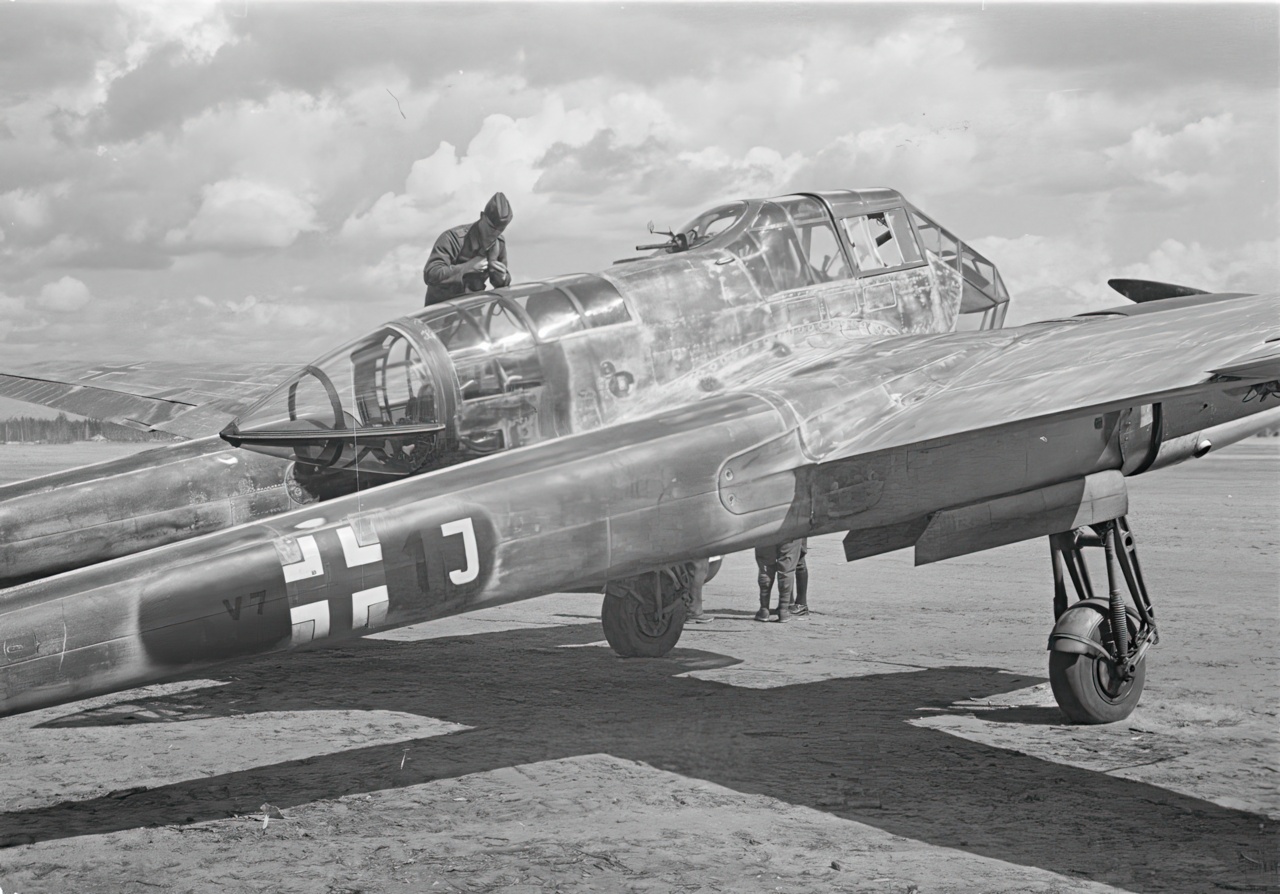
The aircraft enjoyed appreciation of both aircrews and ground teams for its excellent performance and the reliability of its Argus As 410 engines. It was, indeed, a very robust aircraft. On one occasion it returned to base with one engine nacelle shot off completely, and another time it got back home after being rammed. During the first years of the type’s combat use, losses among Fw 189s were relatively low, even though they often flew unescorted.
However, once the Luftwaffe started losing air dominance on the Eastern Front, Fw 189s’ daylight reconnaissance missions became increasingly dangerous. In mid-1944, that prompted the German command to modify the Fw 189 fleet into nighttime reconnaissance planes.
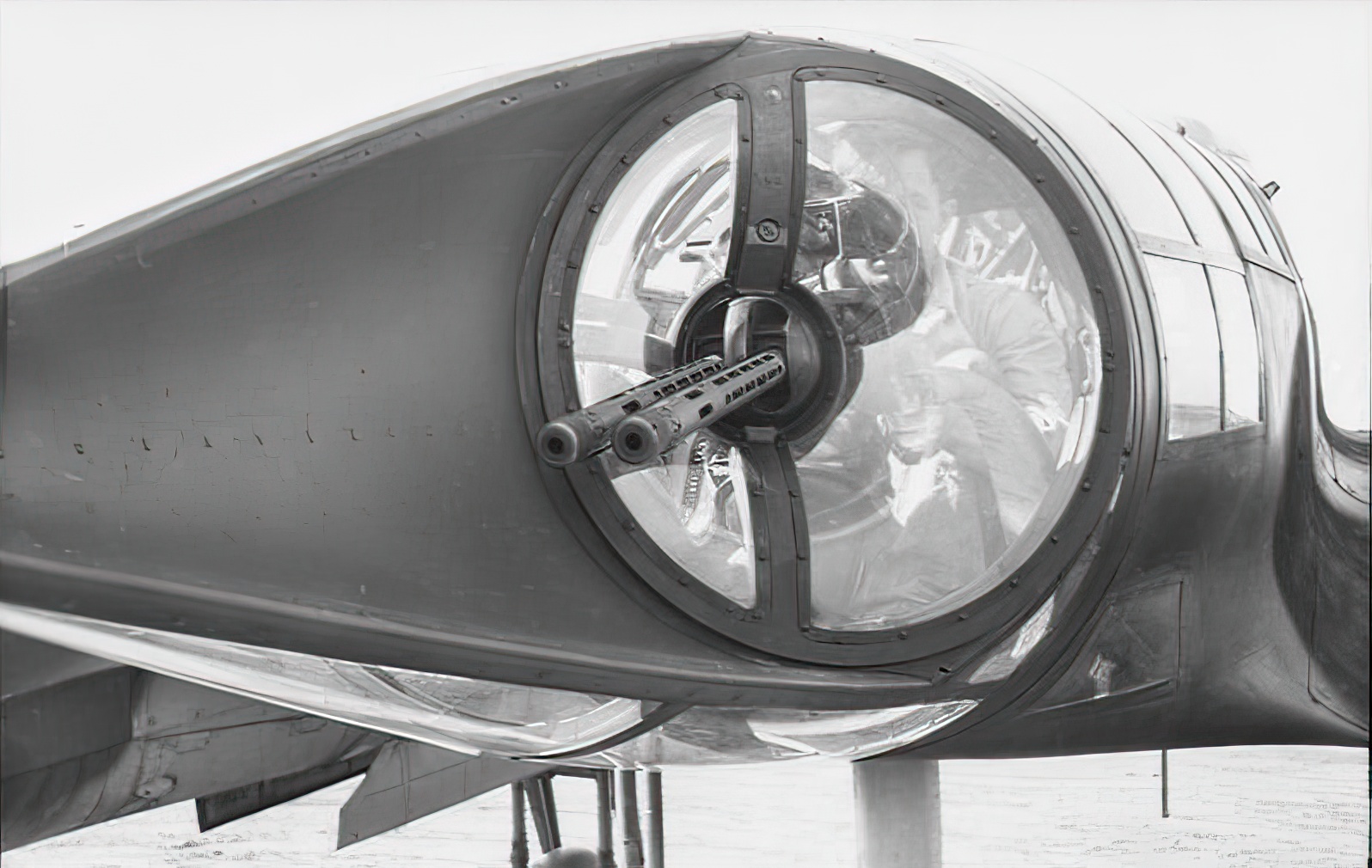
Ground attack and other roles
Although the dedicated attack version, Fw 189C, never went into production, standard reconnaissance Fw 189A-1 and Fw 189A-2 variants were sometimes employed in the ground attack role. In addition to its defensive rear-firing armament the Fw 189 also had a pair of forward-firing machine guns installed in the wing roots, which it could use for strafing. The aircraft could also carry up to 440 lb of bombs. In some cases, reconnaissance and ground attack tasks were performed as part of one mission.
In the spring of 1944, some Fw 189s were converted into night fighters. For this purpose, they were equipped with FuG 212 Lichtenstein radars and obliquely mounted MG 151 guns. Other uses of the Fw 189 included casualty evacuation and liaison duties.
